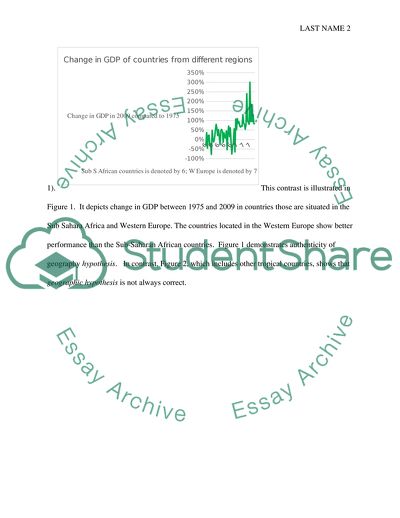Cite this document
(Influence of Geography on Countries Destiny Assignment Example | Topics and Well Written Essays - 2000 words, n.d.)
Influence of Geography on Countries Destiny Assignment Example | Topics and Well Written Essays - 2000 words. https://studentshare.org/social-science/1852782-political-science-final-project
Influence of Geography on Countries Destiny Assignment Example | Topics and Well Written Essays - 2000 words. https://studentshare.org/social-science/1852782-political-science-final-project
(Influence of Geography on Countries Destiny Assignment Example | Topics and Well Written Essays - 2000 Words)
Influence of Geography on Countries Destiny Assignment Example | Topics and Well Written Essays - 2000 Words. https://studentshare.org/social-science/1852782-political-science-final-project.
Influence of Geography on Countries Destiny Assignment Example | Topics and Well Written Essays - 2000 Words. https://studentshare.org/social-science/1852782-political-science-final-project.
“Influence of Geography on Countries Destiny Assignment Example | Topics and Well Written Essays - 2000 Words”. https://studentshare.org/social-science/1852782-political-science-final-project.


